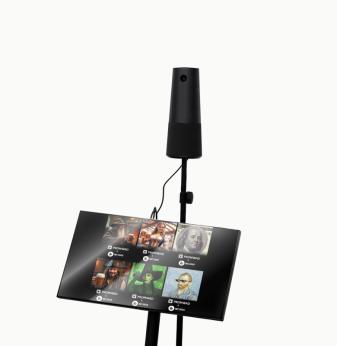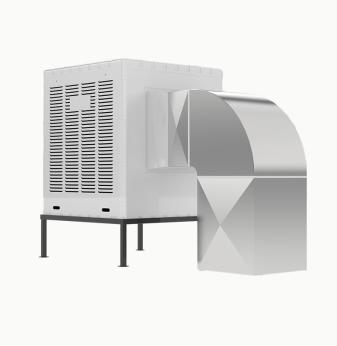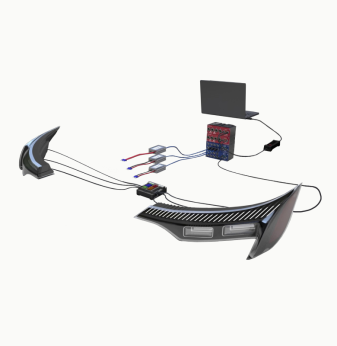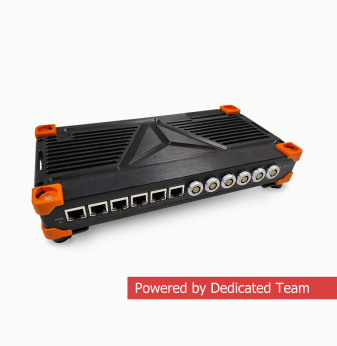Why Hardware Startups Fail — and How Engineering Strategy Can Save Them
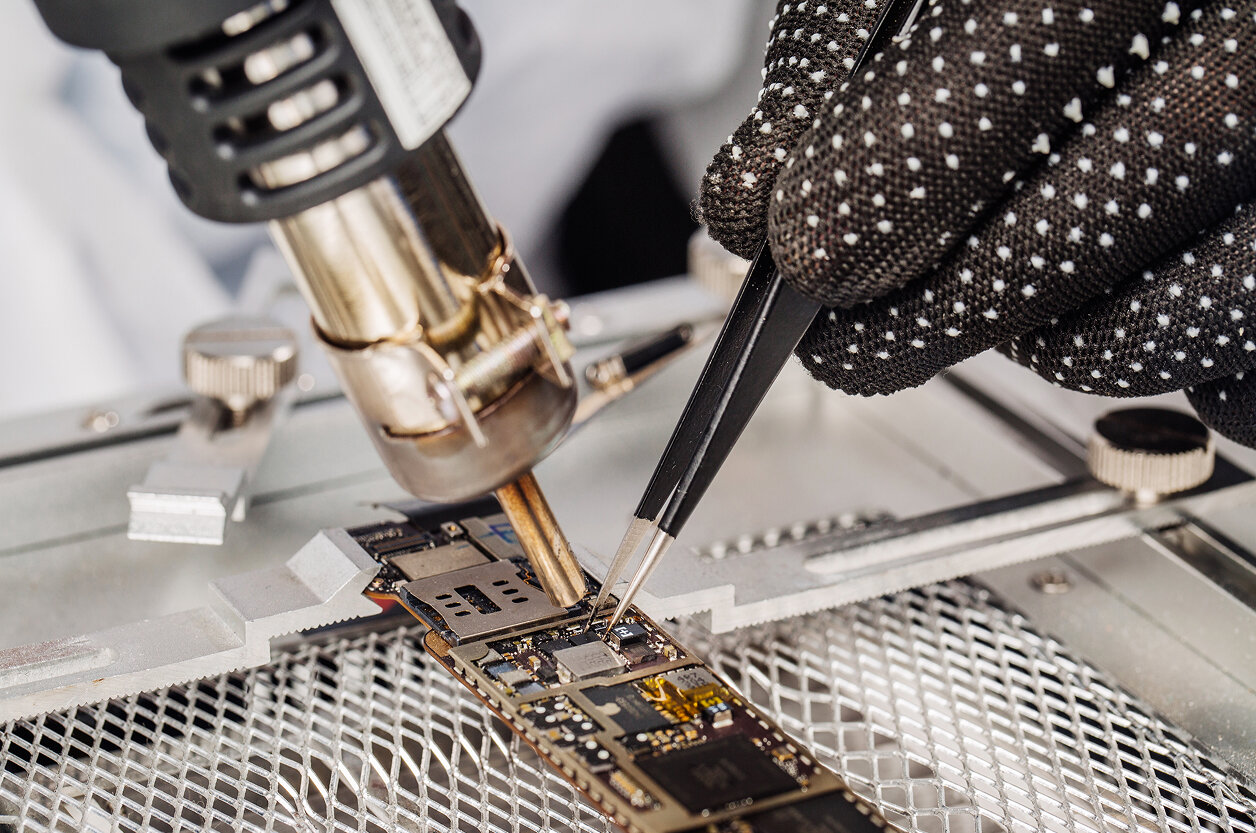
Introduction: Hardware Is Hard — But Failure Is Not Inevitable
Software startups can iterate fast. Hardware startups? Not so much. Long development cycles, high upfront costs, and manufacturing complexity make building hardware especially risky — especially for first-time founders.
Yet, many failures come not from bad ideas, but from weak execution in engineering and product development. In this article, we examine why hardware startups fail and how a robust engineering strategy can drastically improve the odds of success.
1. Underestimating Time and Cost of Hardware Development
Unlike software MVPs, hardware requires:
- Custom PCB design and prototyping
- Regulatory testing and certification
- Tooling for mechanical enclosures
- Manufacturing and supply chain coordination
Common mistakes:
- Assuming hardware can be done “lean” in 2–3 months
- Underbudgeting for iterations or test failures
- Ignoring per-unit cost structure and BOM targets
How to fix:
- Build a realistic timeline with prototyping, pre-certification, and pilot production phases
- Validate BOM costs early with your EMS or DFM consultant
- Use off-the-shelf SoMs or evaluation kits for MVPs
2. No DFM/DFA Strategy from the Start
Many startups focus only on functionality in the early phase — but forget to make the product manufacturable.
Signs of trouble:
- PCBs not optimized for yield or test coverage
- Enclosures difficult to assemble or scale
- Over-customized components not available in volume
What to do:
- Apply Design for Manufacturing (DFM) and Design for Assembly (DFA) principles early
- Involve a contract manufacturer (CM) or EMS partner in the design loop
- Use standard connectors, package sizes, and mounting strategies
3. Ignoring Compliance and Certification
Many hardware startups forget that CE, FCC, or RoHS aren’t just checkboxes — they’re gates to enter global markets.
Common missteps:
- Skipping pre-compliance testing
- Using non-compliant components or wireless modules
- Delaying regulatory planning until too late
Engineering strategy tip:
- Plan certification from day one: identify all needed standards
- Choose pre-certified modules or platforms (e.g. Bluetooth, Wi-Fi)
- Reserve time and budget for lab testing and paperwork
4. Fragmented Firmware and Hardware Co-Development
Hardware and firmware teams working in silos often lead to misaligned interfaces, integration bugs, and delayed validation.
Avoid this by:
- Establishing hardware–software co-design from the beginning
- Sharing interface specifications and version control across teams
- Using emulators and simulators to test firmware before hardware is ready
Promwad frequently bridges firmware and hardware integration for clients launching their first product — reducing bugs and test delays by 30–40%.
5. Failing to Plan for Production and Scaling
Shipping 10 prototypes isn’t the same as building 10,000 units. Many startups get stuck after proof-of-concept due to a lack of:
- Test automation
- Supply chain coordination
- Yield monitoring and post-sale support
Build with scale in mind:
- Add test points and debug headers to every board
- Develop scalable test jigs and flashing stations
- Use an ERP or tracking system early for logistics

Summary Table: Top Startup Failures and How Strategy Prevents Them
| Pitfall | Resulting Risk | Strategy to Prevent It |
| Underestimating time/cost | Missed launch, budget overrun | Phase planning, validated BOM |
| No DFM/DFA | Unbuildable design, high unit cost | Early EMS engagement, standard components |
| Skipping compliance | Market access blocked, legal risks | Pre-cert labs, certified wireless modules |
| Siloed HW/SW teams | Firmware bugs, integration delays | Co-design, shared specs, test simulators |
| No production scale plan | Post-MVP failure, QA issues | Test jigs, flashing automation, ERP setup |
6. Lack of Risk Management and Contingency Planning
Hardware development is full of uncertainty — from component shortages to factory defects. Startups often fail to anticipate risk at each stage of development.
Typical oversights:
- Assuming EMS partners will handle every quality issue
- Relying on a single supplier for key components
- No contingency budget for redesigns or compliance rework
Engineering strategy tip:
- Conduct risk mapping (supply chain, design, certification, scaling)
- Build 10–15% contingency into cost and timeline projections
- Develop a component substitution plan and lifecycle monitoring
7. Poor User Feedback Integration
Startups that skip field testing or ignore early user feedback often miss critical flaws that derail the product post-launch.
Examples of missed insight:
- Enclosure heat issues not identified in lab tests
- User confusion due to unvalidated UI/UX
- Field failures due to assumptions about install conditions
Preventative strategies:
- Run structured field trials or beta deployments
- Use telemetry to monitor behavior in real conditions
- Build feedback loops into product update planning
Final Thoughts: Engineering Strategy Is a Startup’s Survival Tool
Most hardware startup failures are avoidable — if product development is grounded in solid engineering practice.
Promwad supports early-stage companies with:
- Architecture planning and design reviews
- Custom hardware/firmware development
- DFM and EMS onboarding
- Certification consulting and lifecycle support
If you're planning to build your first embedded product — or want to fix gaps in your current process — let’s talk. We help startups build smart, scale fast, and avoid painful surprises.
Our Case Studies in Hardware Design

